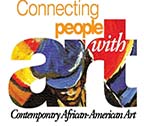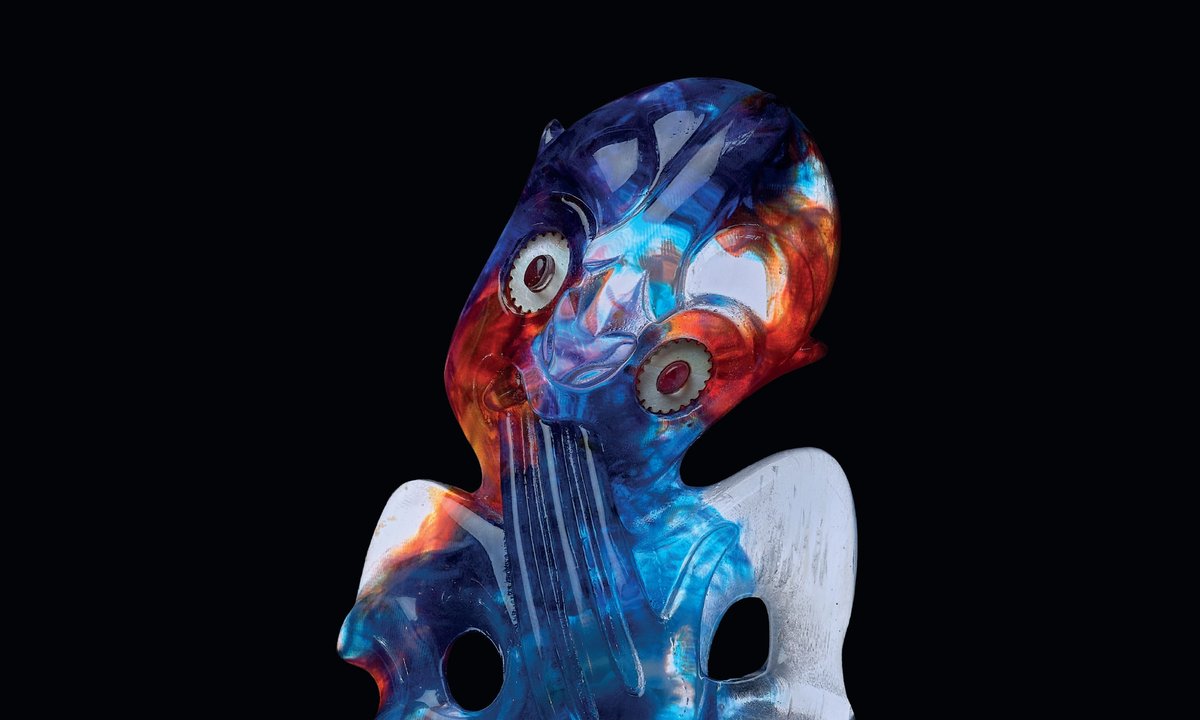This volume covers 800 years of Māori art, exploring a range of art practices including raranga (plaiting), whatu (weaving), moko (tattooing), and whakairo (carving). The volume, written by a trio of Māori art historians, took 12 years to complete and focuses on “exploring the idea of Indigenous art histories that value Indigenous voices, perspective and objectives, making art history more relevant and less Eurocentric”, the authors say. The co-author Deidre Brown adds in a statement: “We’ve created a comprehensive work that celebrates both famous and lesser-known Māori artists, as well as significant works across all visual art forms, from the arrival of Polynesians to today.” Chapters explore topics such as depicting gender in Māori art, the emergence of contemporary Māori art 1950-75, and Māori art in Western Europe and Australia.
The fraught, complex relationship between art and politics is forensically dissected in a series of essays written over 25 years by T. J. Clark, the professor emeritus of history of art at the University of California, Berkeley. The earliest text, “Why Art Can’t Kill the Situationist International”, dates from 1997; the most recent, “A Preface to Pasolini”, was written in 2023. Across three sections—Precursors, Moderns and Modernities—Clark unpicks “the nature of capitalist society and its visual culture”, according to a publisher’s statement. In the introduction, Clark sets out his agenda, saying: “art and politics, considered separately, are enormous realities. Whether the same can be said of their interaction is one of the questions of this book.” Artists discussed include Rembrandt, Jackson Pollock and Gerhard Richter.
The Frick Collection in New York is publishing a number of new books ahead of its grand reopening in April that draw on the collection and history of the landmark Manhattan institution. A new volume in the Frick Diptych Series focuses on Three Soldiers, one of only three signed works in US collections by the 16th-century Netherlandish painter Pieter Bruegel the Elder. Anna-Claire Stinebring, the curator of European Painting at the Metropolitan Museum of Art, “examines the artistic and political environment of the time”, says a publisher’s statement, unpicking the scene showing three mercenary foot soldiers in flamboyant costumes. The artist Salman Toor, who participated in the Frick’s 2021 residency series Living Histories: Queer Views and Old Masters, has contributed a work to the volume called Three Mascots.
The UK artist Chris Ofili presents a new series of paintings, entitled Othello—Shroud, developed in dialogue with William Shakespeare’s play The Tragedy of Othello, the Moor of Venice (1603-04). The book, filled with Ofili’s watercolours, accompanies a two-part exhibition that took place last year at David Zwirner gallery in Paris and at Victoria Miro gallery in Venice. “Renowned for his rich, multilayered paintings, Ofili here expands his engagement with Othello in works that ask us to contemplate metamorphosis, love, the bearing of outside influences on our inner selves, and the force we exercise on the world,” says a statement from Victoria Miro. The volume also includes a selection of poems by Jason Allen-Paisant from his 2023 collection Self-Portrait as Othello.
Our roundup of the latest art publications
Publication aims to open up 6,000 years of art history using objects as a springboard—but is it worth the effort?
Our roundup of the latest art publications
Our round-up of the latest art publications

